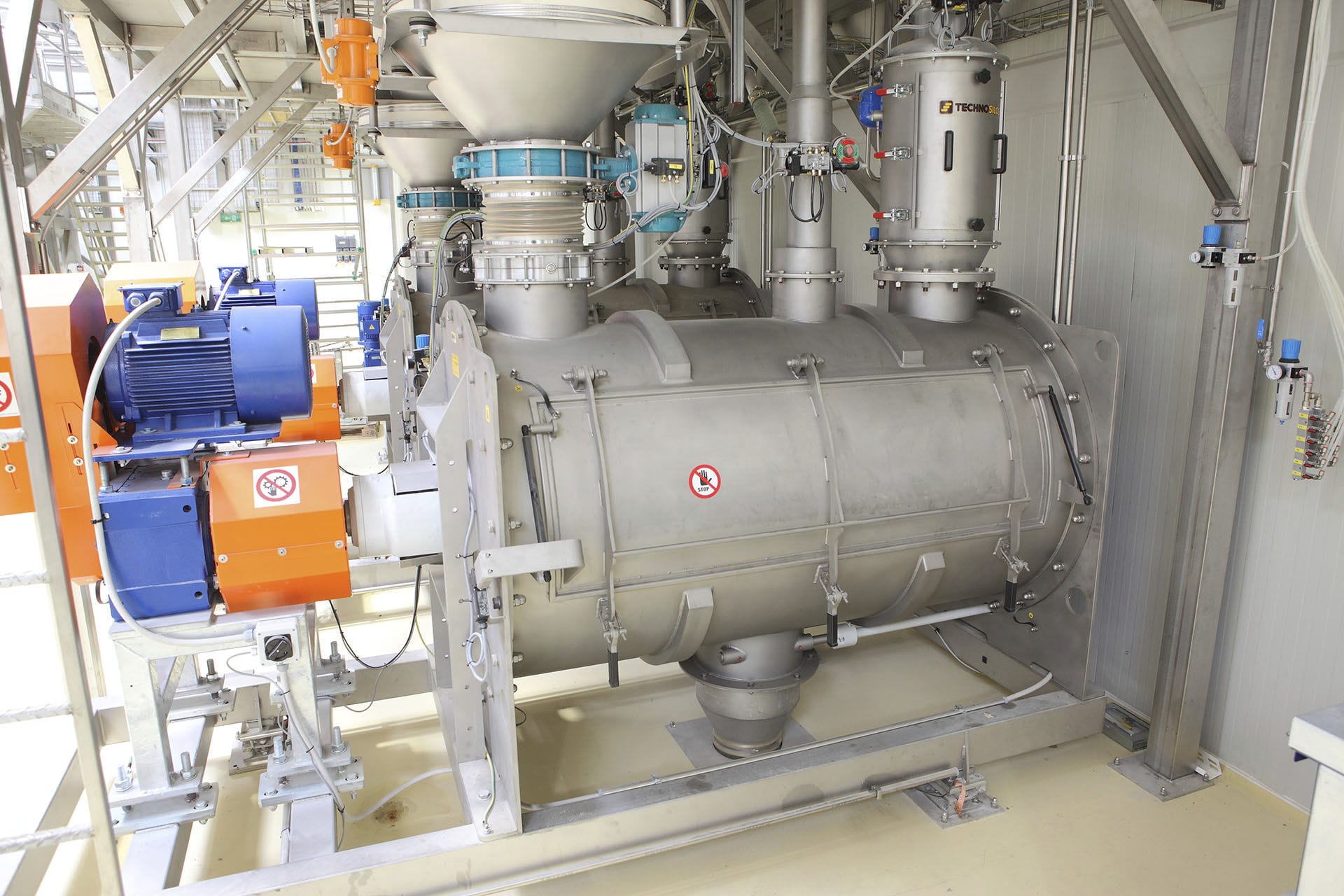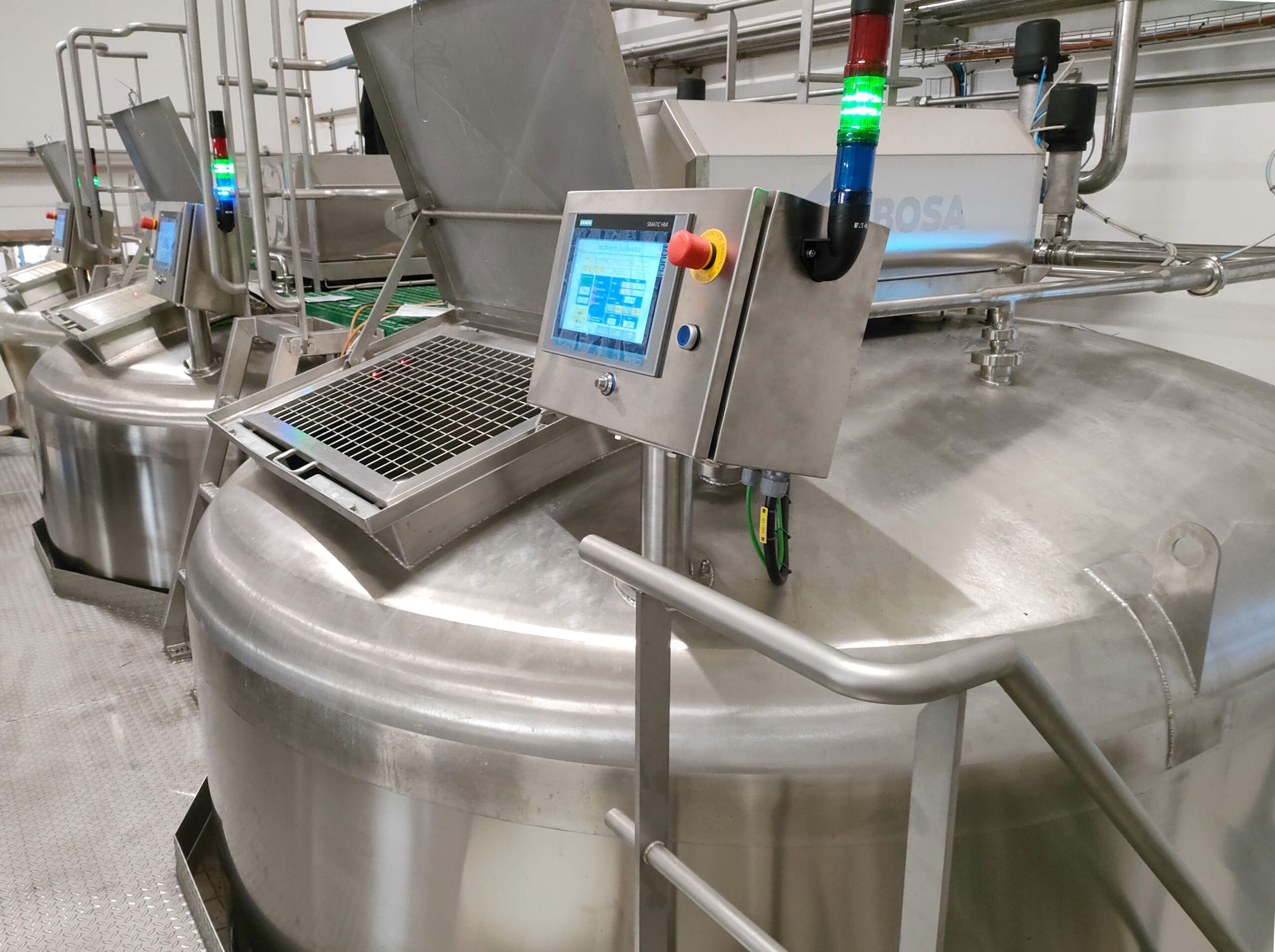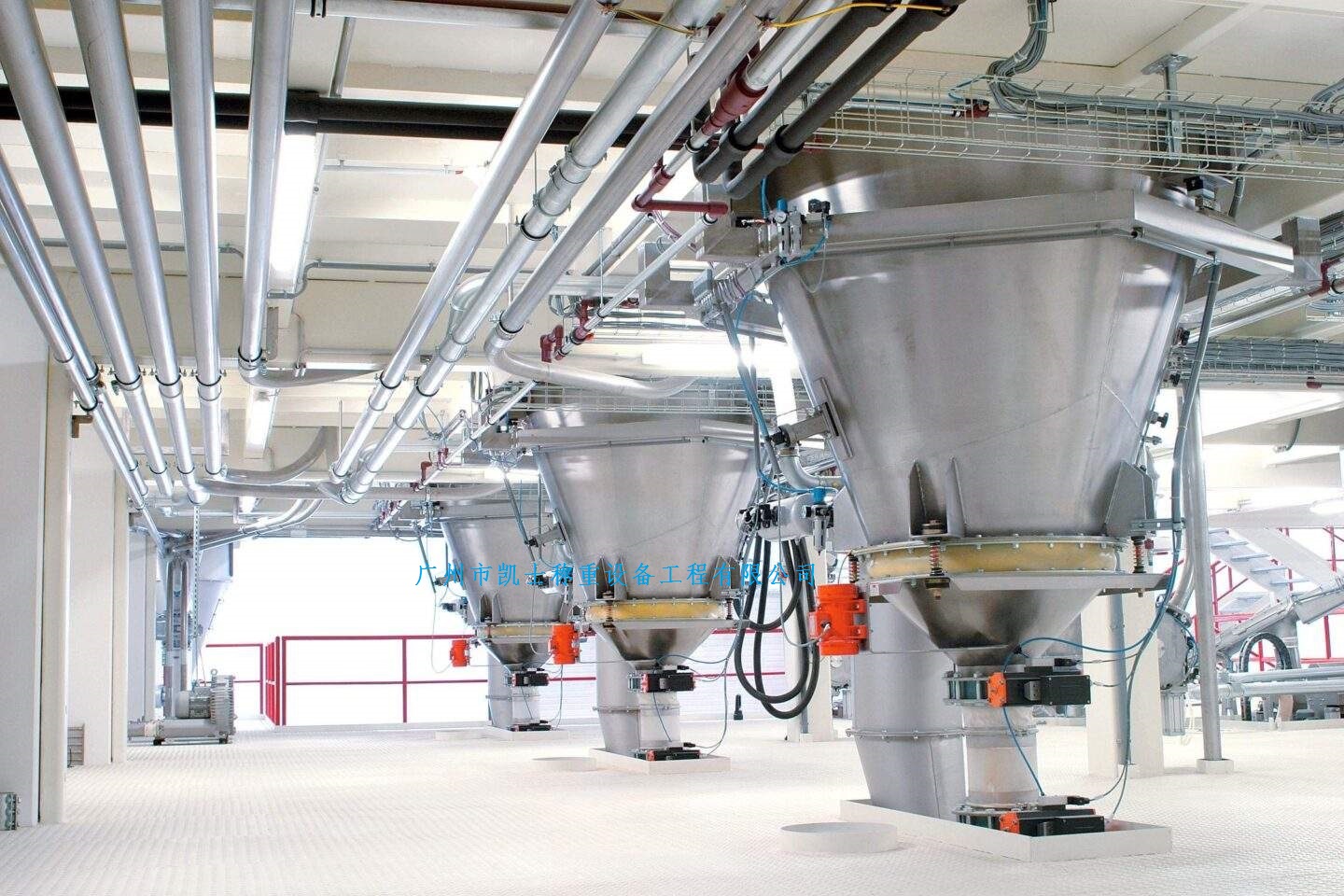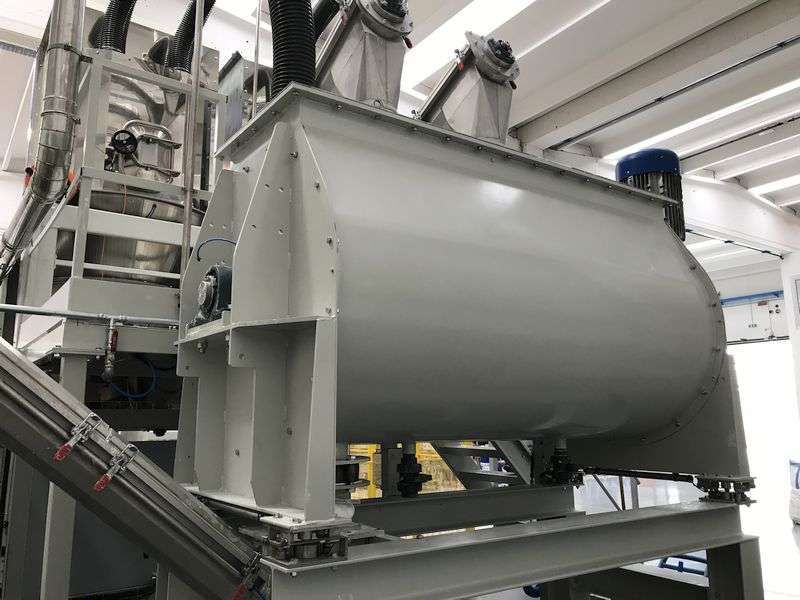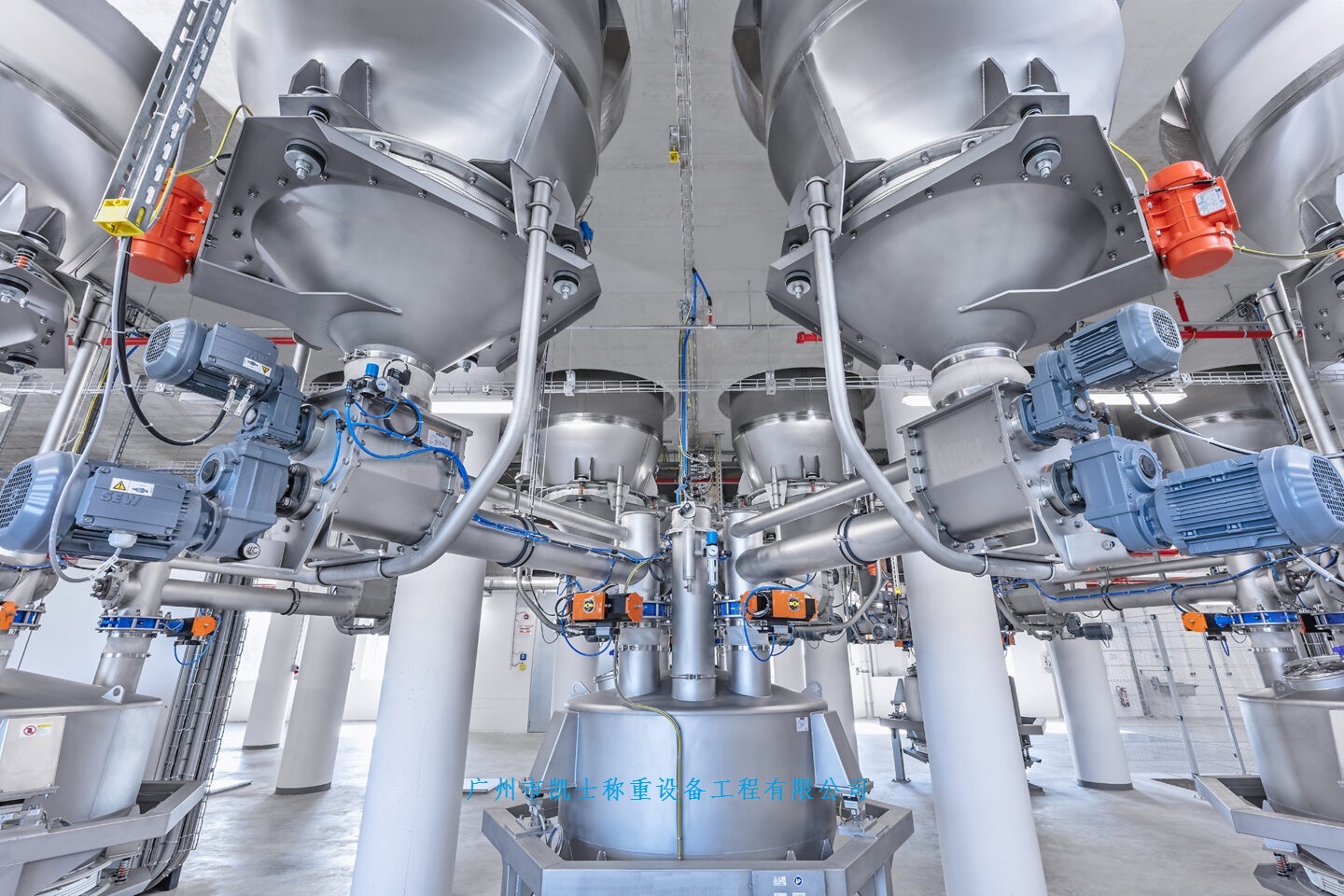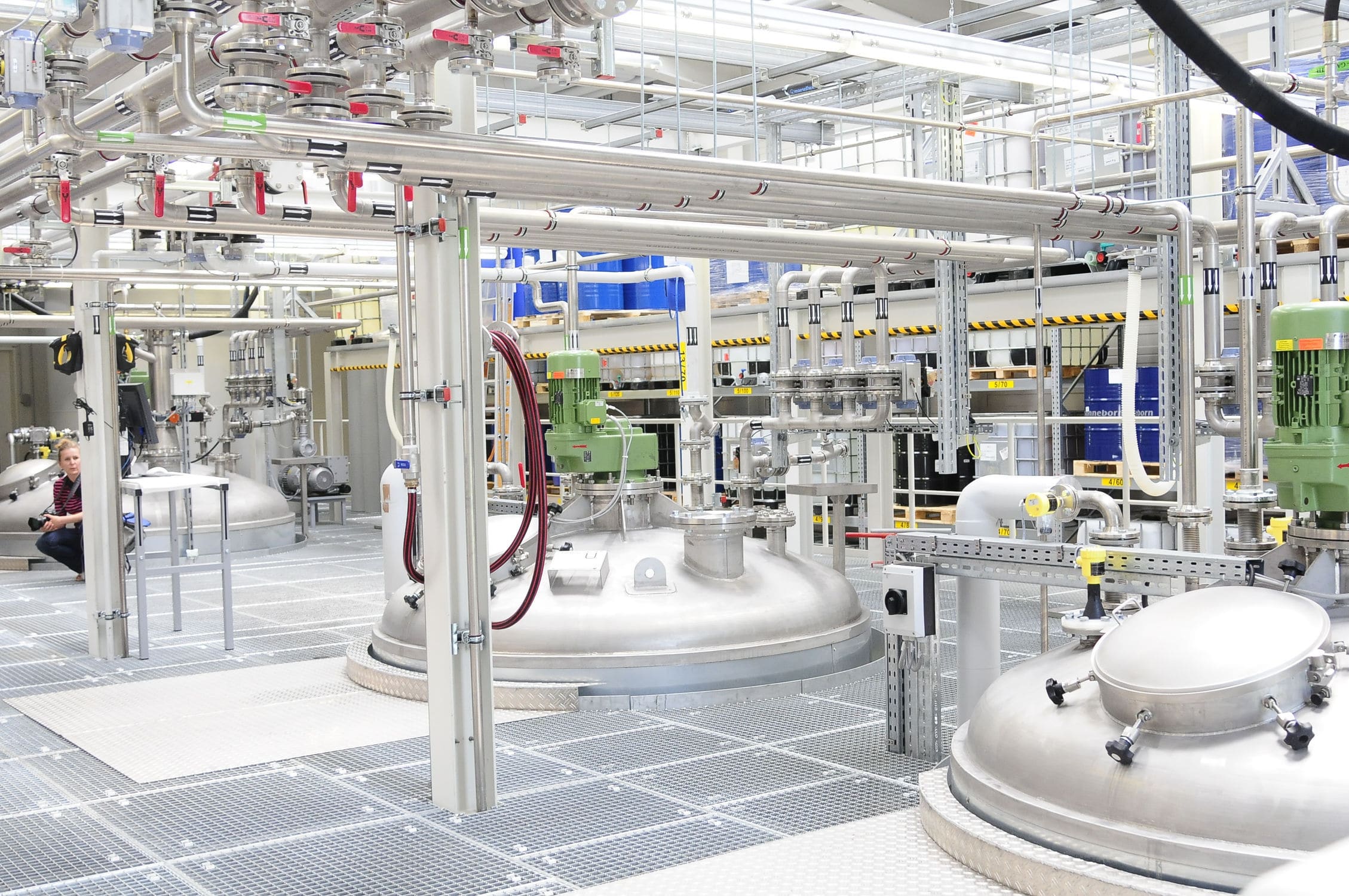

The weighing feeding machine is based on computer technology, control technology, communication technology and graphic display technology (i.e. 4C technology). Through the communication network, it connects the on-site control stations and control management stations distributed in the industrial site (nearby), and is professionally involved in pneumatic conveying of powder and granular materials, air flow drying, storage, weighing, batching, mixing, packaging, dust recovery and industrial automation control, etc.
 020-34563445
020-34563445The weighing Feeding machine is a system composed of accurate weighing, distribution, control technology and equipment. When the machine starts to work, the hopper metering valve opens to discharge materials according to the pre-set weight value. When the weighing instrument detects that the discharge value has reached the required value, the metering valve closes. If the set discharge value is within the error range, it will be transferred to the next No. 1 hopper for discharge. This cycle continues until all the hoppers have completed the discharge of materials. Then, the weighing discharge valve opens to let the raw materials fall into the mixing bucket, and the mixing motor starts to stir. After the set stirring time is completed, the closing valve of the mixing bucket opens and the raw materials fall into the storage box for storage. Finally, the gas is sent to the mixing platform for use.
The weighing and feeding machine mainly conveys raw materials through vacuum, and its core lies in the design of a centralized pipeline system. Through these centralized pipelines, raw materials can be quickly conveyed from the storage tank to the dehumidifying dryer. To ensure the stable operation of the system, a design approach of "one machine, one pipe" is usually adopted, meaning each machine is equipped with a dedicated pipeline to prevent material blockage and moisture regain of raw materials.
While conveying raw materials, the centralized feeding machine will work in conjunction with the dehumidifying dryer. After the dehumidification and drying are completed, the conveying pipelines will be automatically cleaned to ensure that there are no residual granular materials in the pipelines, so as to prevent the raw materials from getting damp again and ensure that the performance of the raw materials added to the mixer is consistent. In addition, under the effect of vacuum negative pressure, the original dust in the raw materials will be filtered out through the dust filtration system, which is conducive to improving the quality of product molding.
Main functions
1. It can fully realize the management automation of all business links in the chemical and other industries, and conduct automatic monitoring of each work link of users, thereby assisting user managers to handle business more efficiently and accurately.
2. Based on the local area network environment, through a unified monitoring interface, dynamic data from each monitoring environment is automatically collected. Based on these monitoring data, various reports and detailed lists are formed, facilitating business statistics and queries. The powerful query function can query user records, reports, etc. in multiple ways such as ticket number, crane position number, user code, and vehicle number. On this basis, the system will also form a complete business information feedback and supervision control mechanism, providing strong support for enterprises to conduct scientific operation management and decision-making.
3. Automatic material issuance and centralized management function: It can achieve the automation of the material issuance process, ensure the accuracy of batching, and improve production efficiency.
4. Alarm protection function: It can achieve various fault alarms, as well as electrostatic overflow protection and emergency stop protection.
5. Monitoring function: Online monitoring of the material issuance status at each crane position;
6. Ticket exchange and material issuance: Customized printing of material feeding tickets is available, and these tickets can be stored. The methanol Batching system has a password recognition function.
7. Offline function: When the upper computer cannot operate, it can be conveniently switched to the on-site weighing instrument for manual batching.
8. Management Function: Accept production data and production plans from various superior management networks to arrange production, generate reports and establish an inventory management system.
9. Communication networking function: It provides standard DDE and O interfaces, enabling the feeding system to communicate conveniently with control and management systems such as DCS and ERP.

























